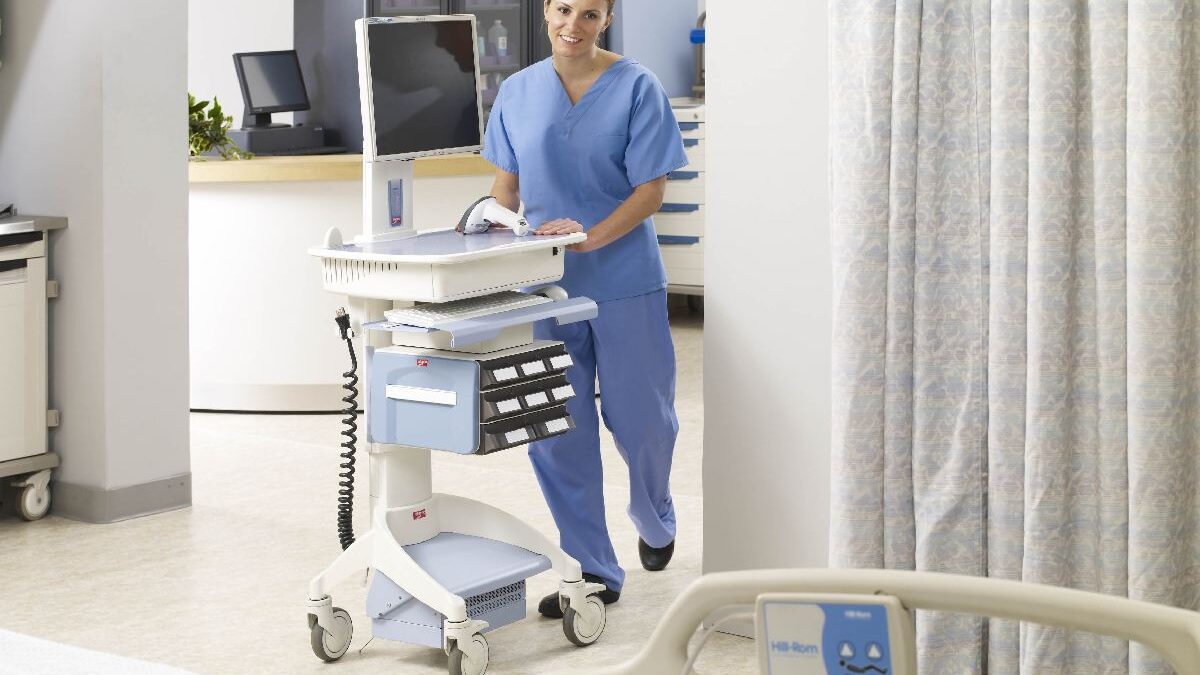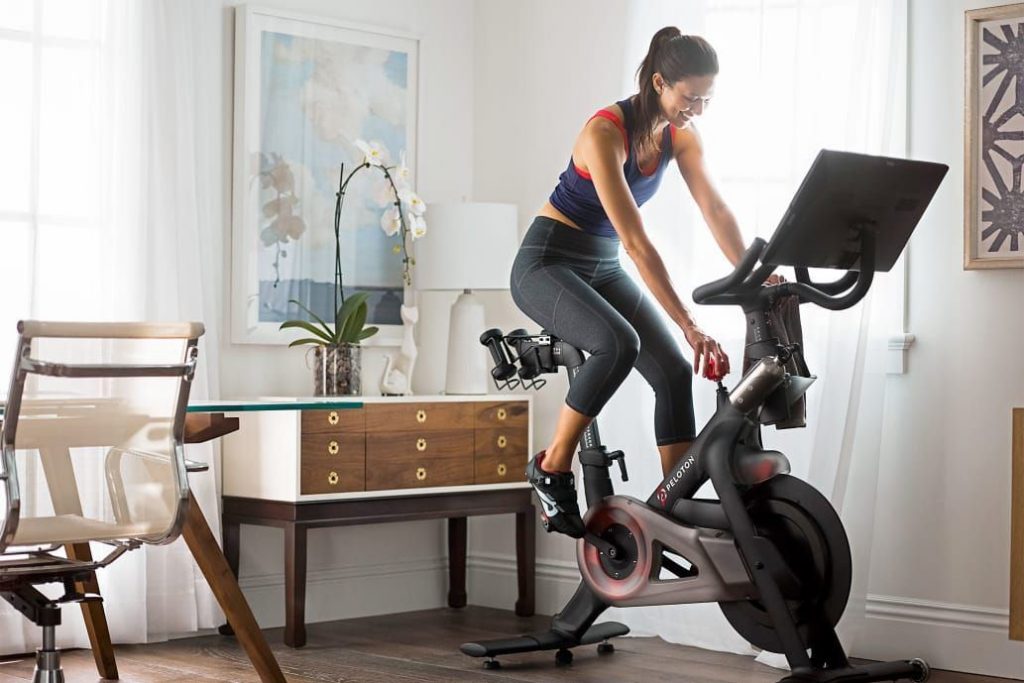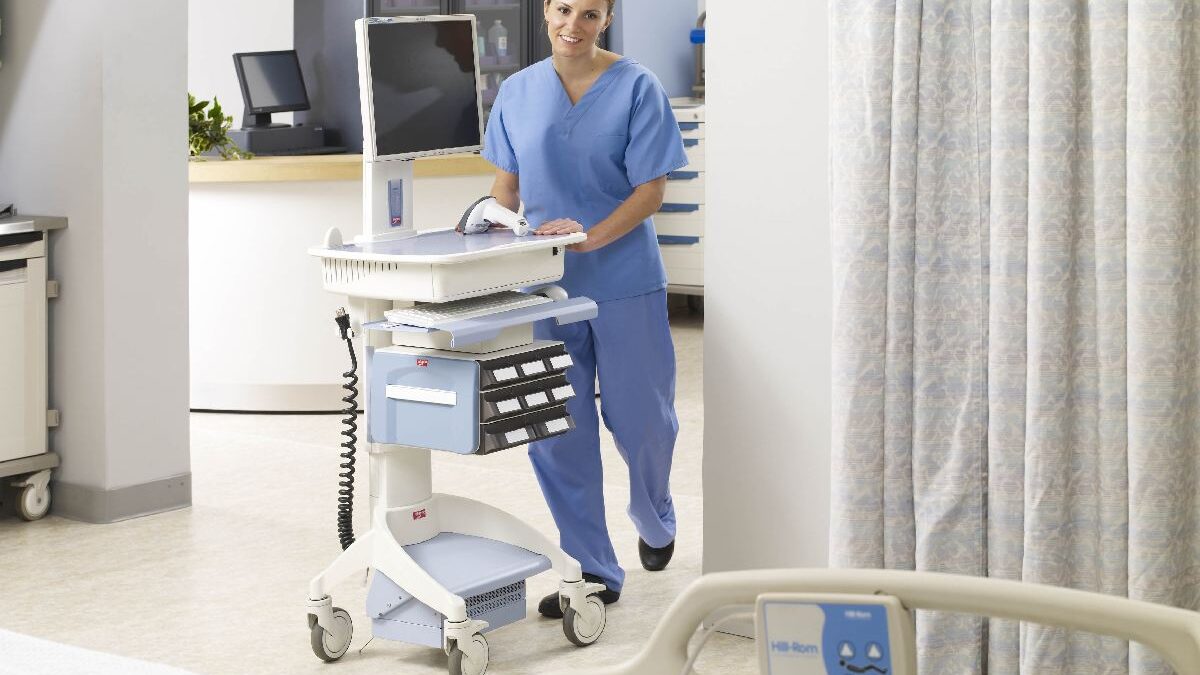
Each medical environment has its own equipment requirements. It is the same for almost every tool. Medical carts are a good example. What applies to one facility may not apply to another. Medical carts are used differently in different facilities. For example, a dentist’s office may have very different requirements than a doctor’s office or ER.
Here are three features that medical professionals, no matter what their purpose is, find most useful on hospital carts.
Maneuverability
It may seem obvious, but the ability to move a cart from one place to another is crucial. Even if you only plan to move the cart within a small room or area, this is still true. It may be true in varying degrees, depending on which facility you choose, but this is something that should be considered when selecting a facility.
When discussing the maneuverability and ease of use of a medical trolley, it’s important to consider what you will be using it for. For example, if a cart has a lot heavy equipment on board, it is a good idea for it to have large handles and four-directional wheel casters. This will make it easier to move. Be sure to also consider vertical stability so that heavier loads do not cause the cart tip over.
Organization
It is important to make a medical cart that does not have things hanging everywhere. Carts with things that can be hung from the sides make it more difficult to move them around without the items getting caught. The medical carts which allow things to be moved around can also cause components and items they hold to break. Users can suffer injuries from medical carts.
Keeping tools and supplies in a single location is part of an organized approach. The best medical carts are built with compartments, dividers, and other features that help keep items organized and separate. They also make it easy to locate the supplies and tools when needed.
Inventory and Cable Management
When needed, a good medical cart allows certain items to be neatly and orderedly inventoried. The equipment that users carry allows them to easily work on any surface. It is important to consider the different types of supplies and equipment used in each area.
In general, engineers have done a great job designing spaces that can accommodate different types and sizes of equipment and supplies. Medical devices may be getting smaller to make them easier for people to move and carry, but medical carts are still the same size according to IEC 60601 standards.
Designers and manufacturers maintain these standards to ensure that carts of the future not only meet the needs of users but also comply with established standards. This includes things like allowing for proper time and material management, and practical matters like including space for cables and other materials.
It does not take much to realize how obvious these standards are, and how vital they are in a clinical setting. Both makers and clinicians benefit from maintaining these standards.
Related posts


